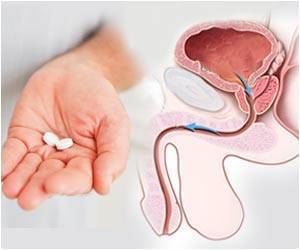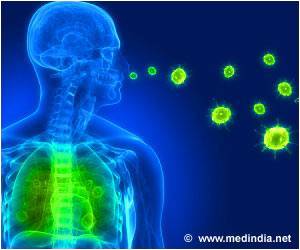
- Erenumab 140 mg achieved 69.1% Medication Overuse Headache remission at 6 months
- Erenumab 70 mg also reduced Medication Overuse Headache but without statistical significance
- Both doses significantly reduced acute headache medication days compared to placebo
Chronic migraine (CM) is a debilitating condition that affects millions of individuals worldwide. A significant subset of patients with CM also suffers from Medication Overuse Headache (MOH), a secondary headache disorder caused by the excessive use of acute headache medications. Erenumab, a calcitonin gene-related peptide (CGRP) receptor antagonist, has been studied for its potential to induce MOH remission in patients with chronic migraine (1✔ ✔Trusted Source
Efficacy and Safety of Erenumab for Nonopioid Medication Overuse Headache in Chronic Migraine
).
Findings of Efficacy and Safety of Erenumab in Chronic Migraine with Nonopioid Medication Overuse Headache
The trial included 584 participants in the nonopioid-treated cohort. The mean age of participants was 44 years, with 82.5% of participants being female (482 individuals). Baseline demographics and disease characteristics were balanced across the study groups.
Participants were randomly assigned to receive monthly injections of either Erenumab 140 mg or Erenumab 70 mg or Placebo.
The primary endpoint of the study was the remission of MOH at month 6. Secondary endpoints included the reduction in the use of acute headache medication days (AHMD) and the evaluation of adverse events.
Efficacy in MOH Remission
The results showed that erenumab was effective in inducing MOH remission in patients with chronic migraine and nonopioid MOH:
- Erenumab, 140 mg group: 69.1% achieved MOH remission at month 6, with a statistically significant odds ratio (OR) of 2.01 (95% CI, 1.33-3.05; P < .001) compared to placebo.
- Erenumab, 70 mg group: 60.3% achieved MOH remission, with an OR of 1.37 (95% CI, 0.92-2.05; P = .13) compared to placebo.
- Placebo group: 52.6% achieved MOH remission.
Although both doses of erenumab demonstrated efficacy, only the 140 mg dose met the statistical significance threshold for MOH remission compared to placebo.
Reduction in Acute Headache Medication Days (AHMD)
Participants in the erenumab groups showed a significant reduction in AHMD compared to placebo:
- Erenumab, 140 mg: The least squares mean reduction in AHMD was –9.4 days (difference from placebo, –2.7; 95% CI, –3.9 to –1.6; P < .001).
- Erenumab, 70 mg: The reduction in AHMD was –7.8 days (difference from placebo, –1.2; 95% CI, –2.4 to –0.1; P = .03).
- Placebo group: The reduction in AHMD was –6.6 days.
Sustained MOH Remission
MOH remission was sustained throughout the 6-month double-blind treatment period (DBTP):
- Erenumab, 140 mg group: 61.3% sustained remission
- Erenumab, 70 mg group: 49.5% sustained remission
- Placebo group: 37.6% sustained remission
Safety Profile
The safety of erenumab was consistent with previous studies. The incidence of treatment-emergent adverse events in the combined erenumab group was 66.8%. The most common adverse events were:
- Constipation: 15.2%
- COVID-19 infections: 13.9%
No new safety concerns were identified during the trial.
The findings from this randomized clinical trial demonstrate that monthly injections of 140 mg erenumab were effective in inducing MOH remission in patients with chronic migraine and nonopioid medication overuse headache within 6 months. The 70 mg dose showed some benefit but did not meet the threshold for statistical significance. Additionally, both doses of erenumab significantly reduced the use of acute headache medications, further supporting its potential role in managing this challenging patient population.
Advertisement
These results provide strong evidence for the use of erenumab as a preventive therapy in patients with chronic migraine and medication overuse headaches, offering hope for better management of this burdensome condition.
Reference:
- Efficacy and Safety of Erenumab for Nonopioid Medication Overuse Headache in Chronic Migraine – (https://jamanetwork.com/journals/jamaneurology/fullarticle/2823594?guestAccessKey=eaf63723-49d8-4ab9-b76b-b3c2d525b92d)
Source-Medindia



